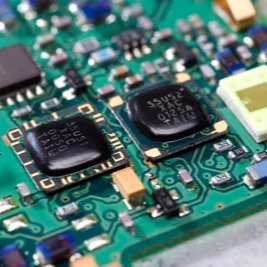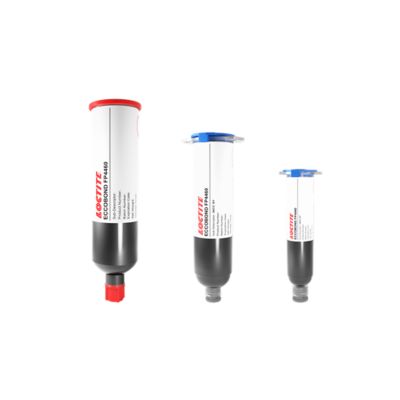
These encapsulations protect fragile semiconductor die and wire bonds. They can be placed over chips to protect them from harmful environments, provide structural reinforcement, or even act as a barrier layer against tampering
Applications
Glob top compounds are ideal for encapsulating wire bonds and semiconductor chips. They minimise thermal mismatch with components and substrates, offer protection against moisture and provide mechanical support.
Applications include:
- Transistors
- System in package (SIP) devices
- Protecting your IP
- Chip-on-board applications

Products
- Eccobond 50300 HT
- Eccobond 50300 LV
- Eccobond 50500 1 (formerly Stycast 50500 1)
- LOCTITE® ECCOBOND FP4323
- LOCTITE® ECCOBOND FP4460
Frequently Asked Questions
What are Glob-Top materials?
Glob-Top encapsulants are usually one or two-part epoxies or UV curable compounds that are specially formulated to be thixotropic. These flow easily in response to stress applied during application, but their viscosity increases rapidly after placement.
What is the purpose of a Glob-Top?
Glob-Top encapsulants are used to cover a single chip in Chip-on-Board (CoB) applications. They provide protection from thermal shock, vibration, dust and contaminants, preventing corrosion and oxidisation to components.
When is a Glob-Top mainly used?
Glob-Top materials are mainly used to encapsulate wire bonded dies to provide physical strength.
How are Glob-Tops applied?
There are several methods of applying the material, however they are usually applied mechanically, such as using a syringe valve system or auger pump. However the true positive displacement pump (TDPD) is seen as the most accurate and fastest way to apply Glob-Tops.
How are Glob-Top materials cured once dispensed?
Heat is the most common method; however some products use UV cure and UV + Moisture.